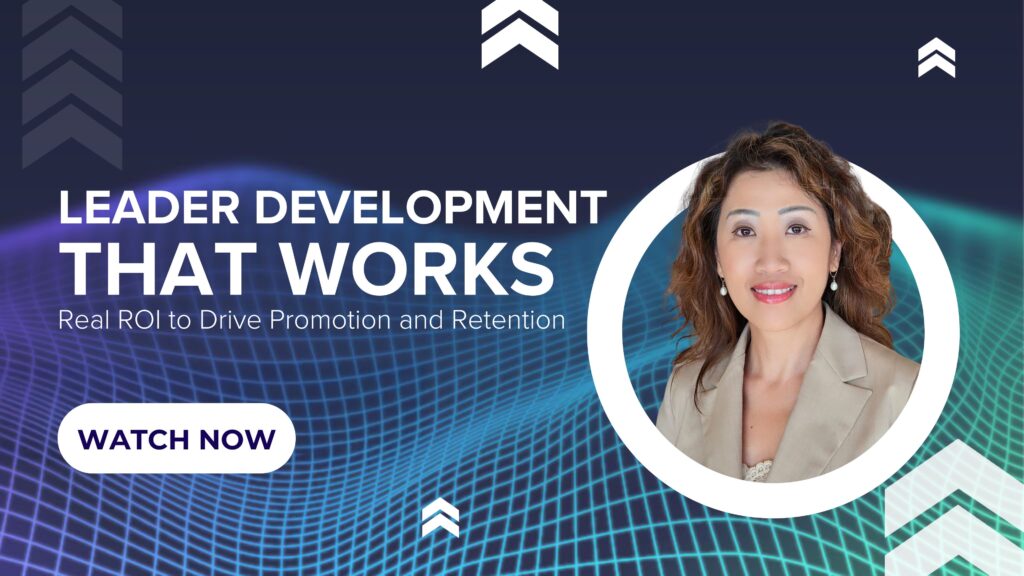Bridging the Gap Between Structure and People
You’ve installed your EOS gameplan: your scorecards, rocks, and weekly L10 meetings. Team members are speaking up openly and honestly. You identify, discuss, and solve issues as they arise. You are checking all the right boxes.
Why does it feel like something’s missing?
Because you’ve created structure, but your people still struggle:
- Leaders speak up but shy away from sharing what they’re really thinking in meetings
- Communication breaks down between teams
- Delegation isn’t happening consistently
- Culture feels mechanical, not magnetic
EOS organizes the business, but it doesn’t always activate the people inside it.
What is EOS?
The Entrepreneurial Operating System® (EOS) is a practical framework that helps leadership teams get aligned, stay focused, and drive results. Built around simple, time-tested tools, EOS provides structure through:
- Vision – getting everyone on the same page about where the company is going and how it will get there.
- Traction – instilling discipline and accountability so teams make consistent progress toward that vision.
- Healthy – building a cohesive, open, and honest leadership team that works well together.
In practice, EOS shows up in scorecards that track key metrics, “rocks” that define quarterly priorities, and Level 10 Meetings™ that keep communication flowing and issues solved. It’s designed to organize the business—clarifying roles, decisions, and priorities—so leaders can spend more time leading and less time firefighting.
The Hidden Gap in Your Operating System
EOS is an incredible operating framework, but it wasn’t designed to build relational trust, leadership capacity, or a development culture. It organizes what people do. But it doesn’t transform how people lead.
That’s where the gap lies.
Your culture? That needs something more.
The Shift: Marry EOS with your Culture Playbook
We don’t replace EOS. There is a reason 200,000 businesses run on EOS. The system that works best for you is the one you actually use. So if it ain’t broke, there’s no need to replace it.
Instead, we augment it by embedding relational intelligence and people development into your existing structure.
We help your leaders grow in self-awareness, communication, and clarity so your structure can thrive with strong people, not despite them.
Case: Healthcare Services Company
The executive team had fully implemented EOS. They had clarity. They had traction. But they were stuck.
“We feel organized,” the COO said, “but not energized.”
We led a Leader Academy cohort, along with their directors, focusing on self-awareness, relational trust, and effective communication rhythms. Using the 5 Voices Assessment, we demonstrated how their dominant voices unintentionally silenced others.
With the Culture Gauge, they recalibrated their approach to giving feedback and setting expectations. Because, as nice as it is to invite your team to put it all out on the table, we still default to how our personal Culture Gauge is wired.
Within months:
- Meetings were shorter and more collaborative
- Internal trust scores rose on anonymous surveys
- Two stalled initiatives finally moved forward
How to Build a People System with EOS
- Map your leaders using the 5 Voices Assessment to see where communication breakdowns happen. This provides a common language for communication styles, enabling leaders to collaborate and influence more effectively.
- Train department heads in the Culture Gauge to improve delegation, ownership, and clarity.
- Understand the unique draw each Voice has to each layer of your Business Operating System.
Closing Thought
EOS gives you structure. Your People System gives you soul. When your systems and your people are both aligned, your culture doesn’t just function — it flourishes.



